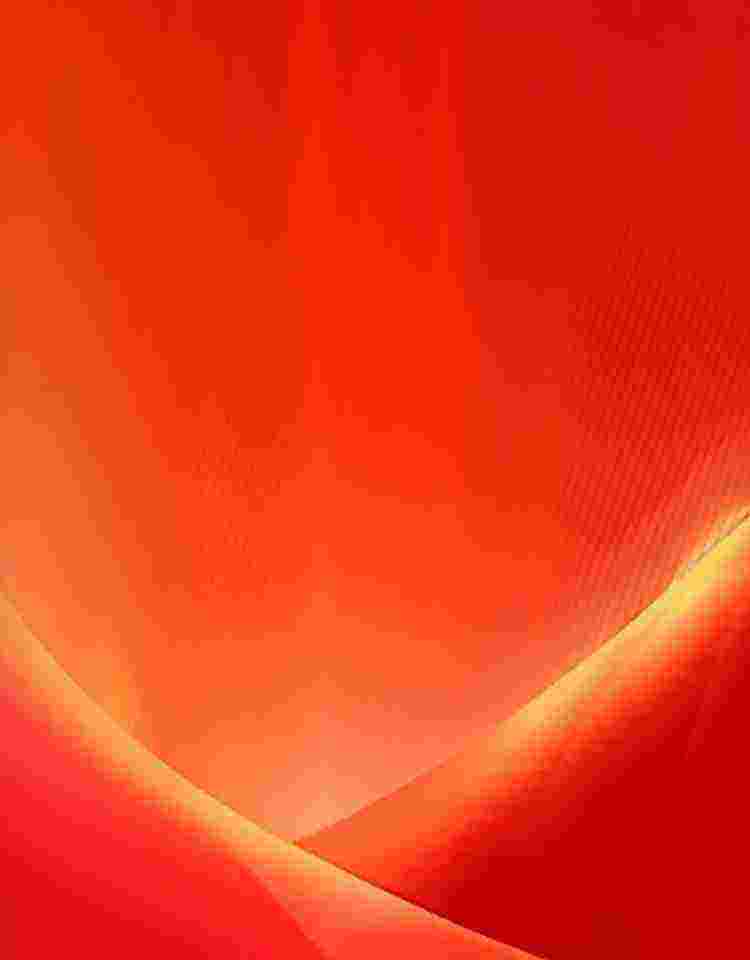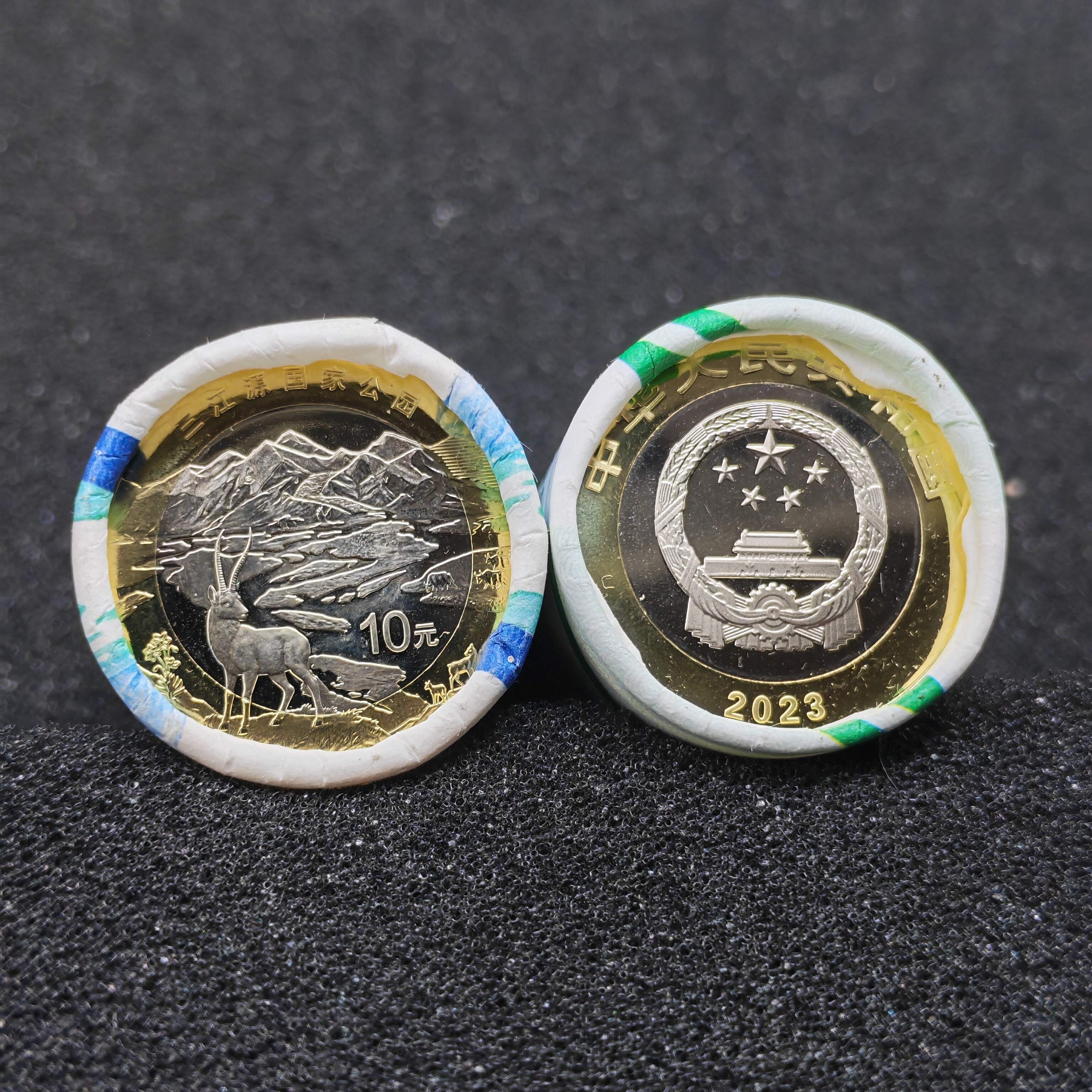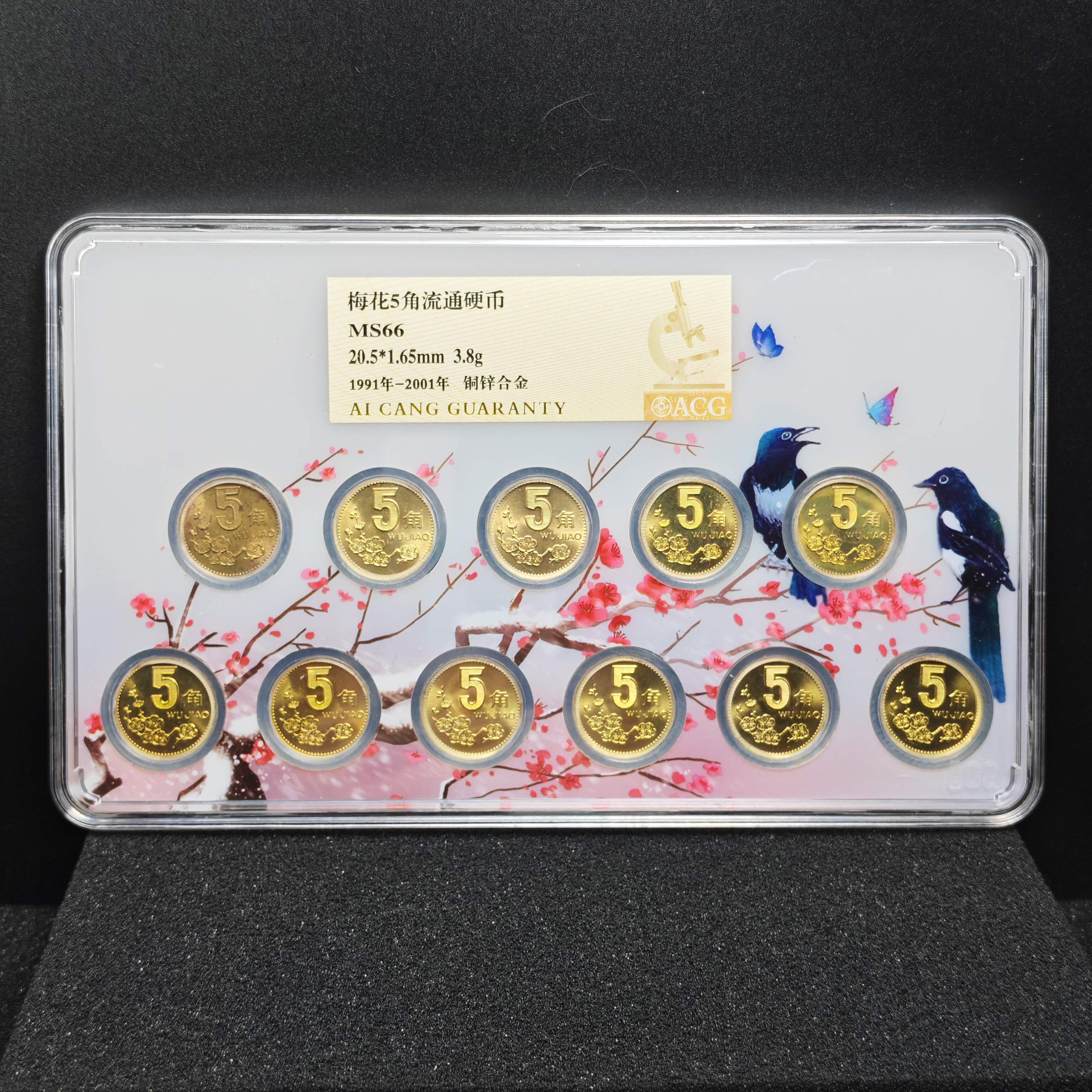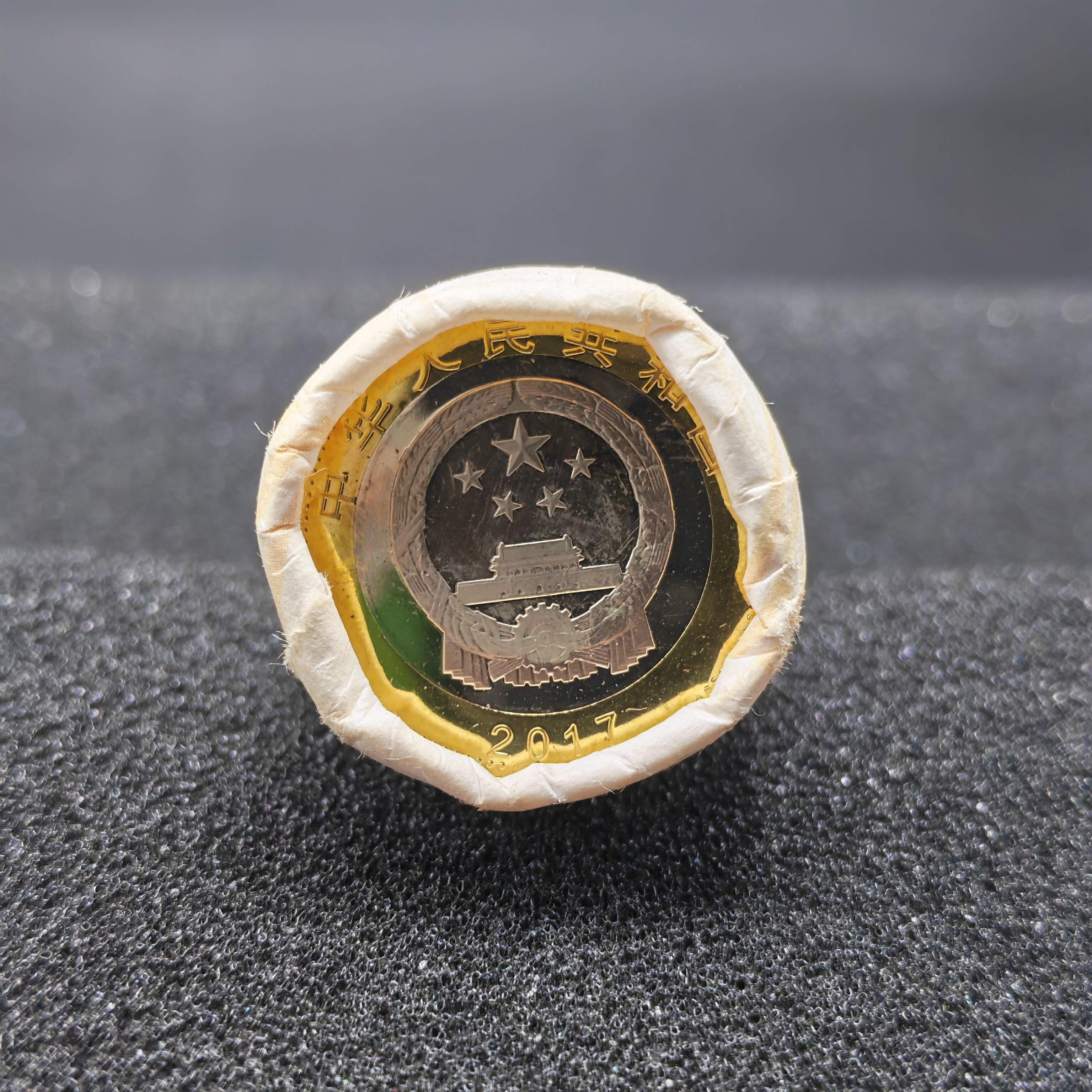Email cannot be empty
Password cannot be empty
Email format error
Email cannot be empty
Email already exists
6-20 characters(letters plus numbers only)
The password is inconsistent
Email format error
Email cannot be empty
Email does not exist
6-20 characters(letters plus numbers only)
The password is inconsistent

【Rating】The Third Series of Renminbi of the People's Bank of China | Collection Album of Identical Serial Numbers Banknotes
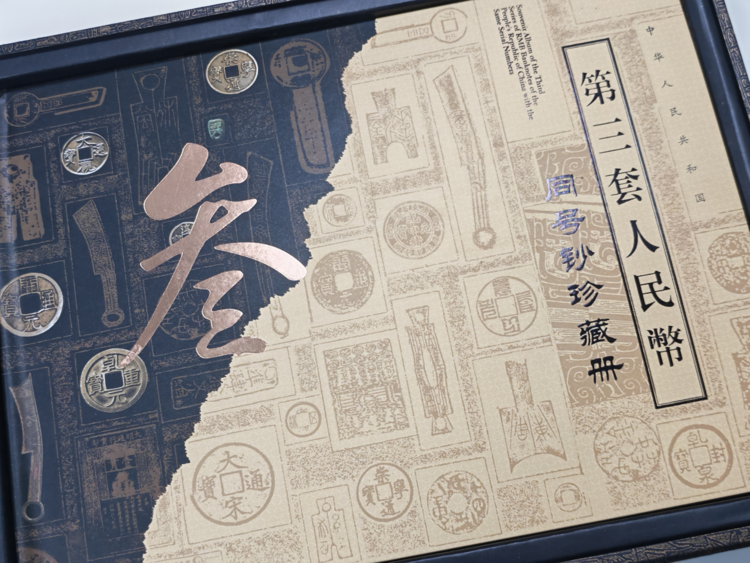
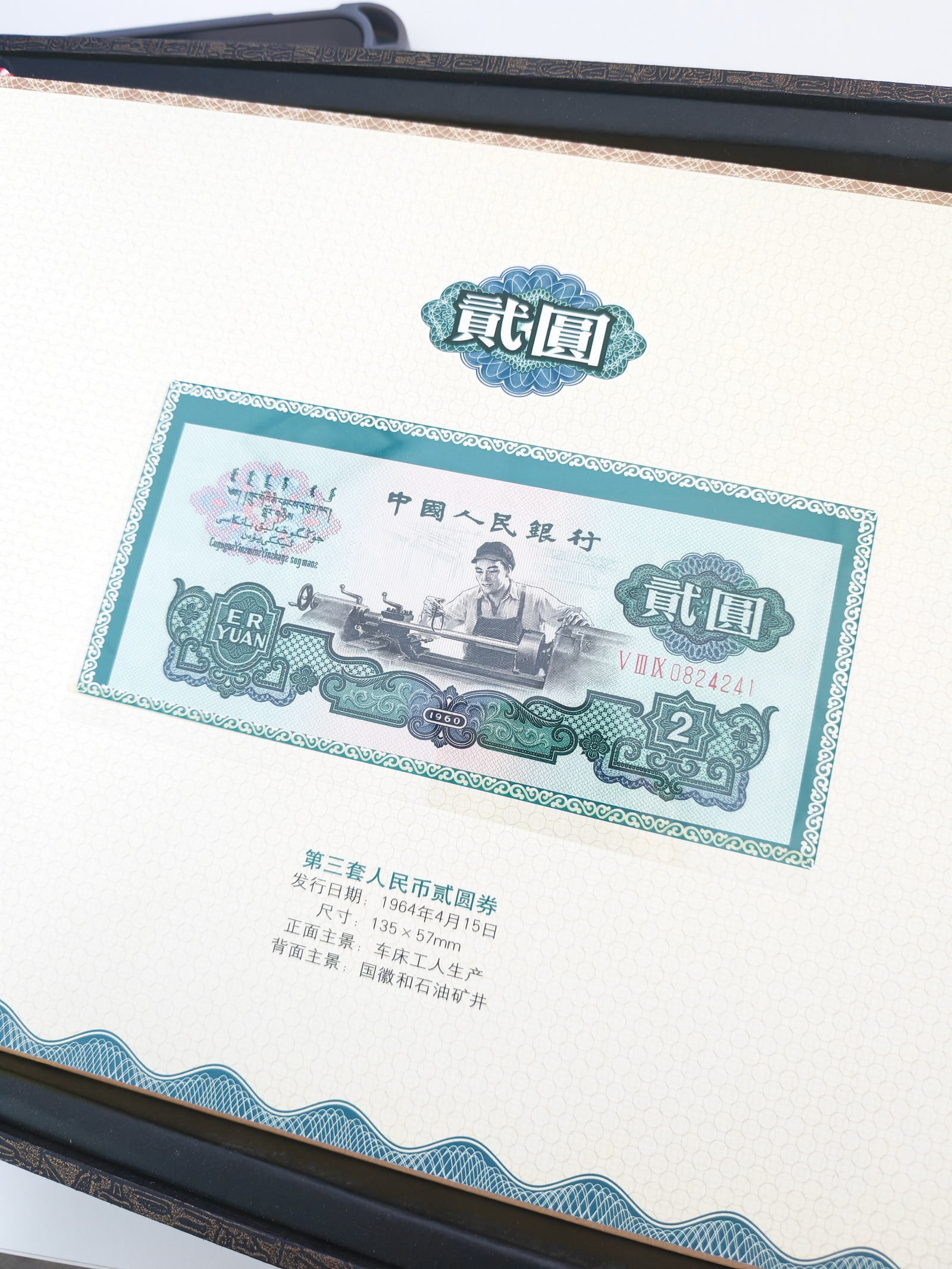
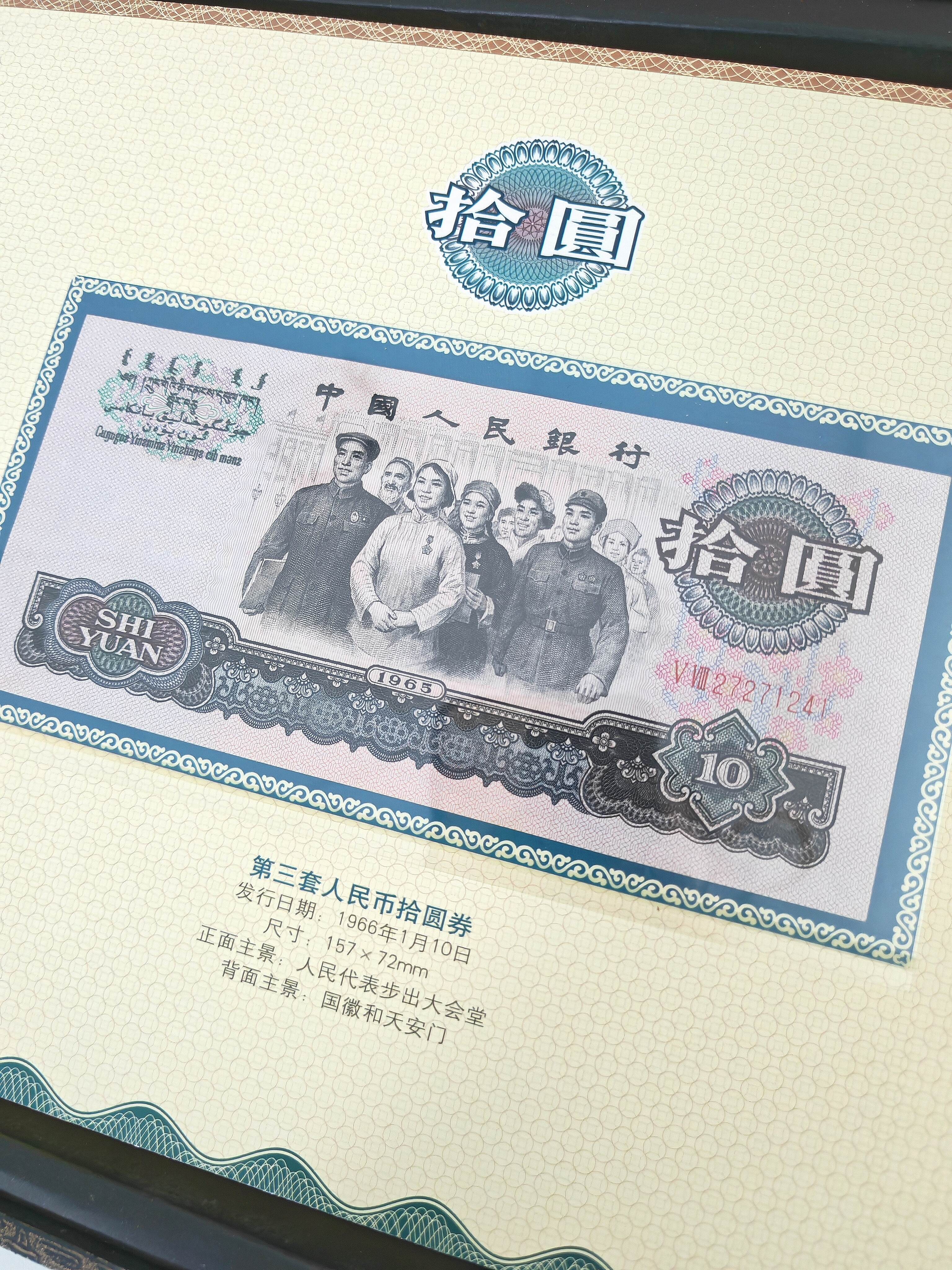
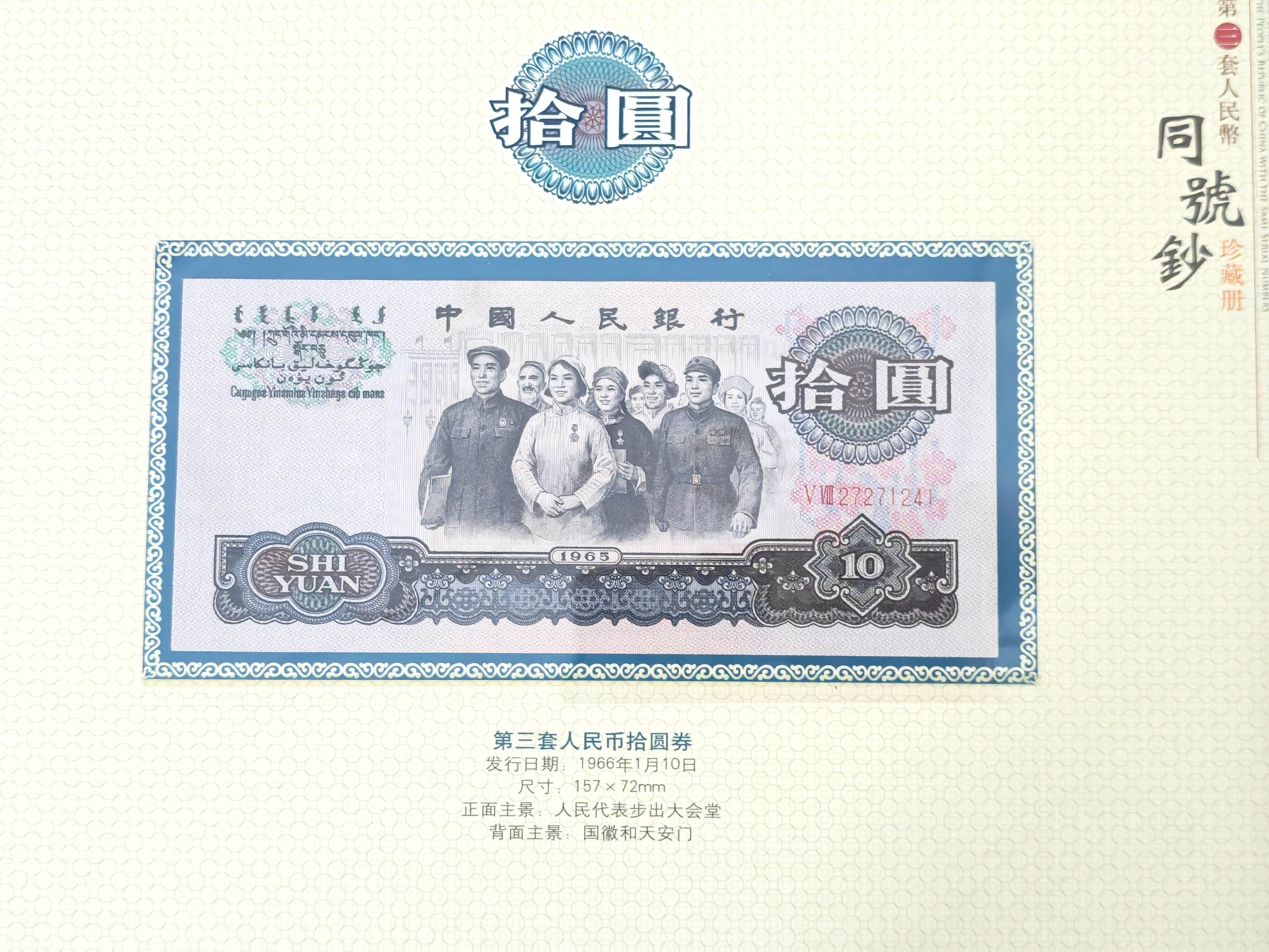

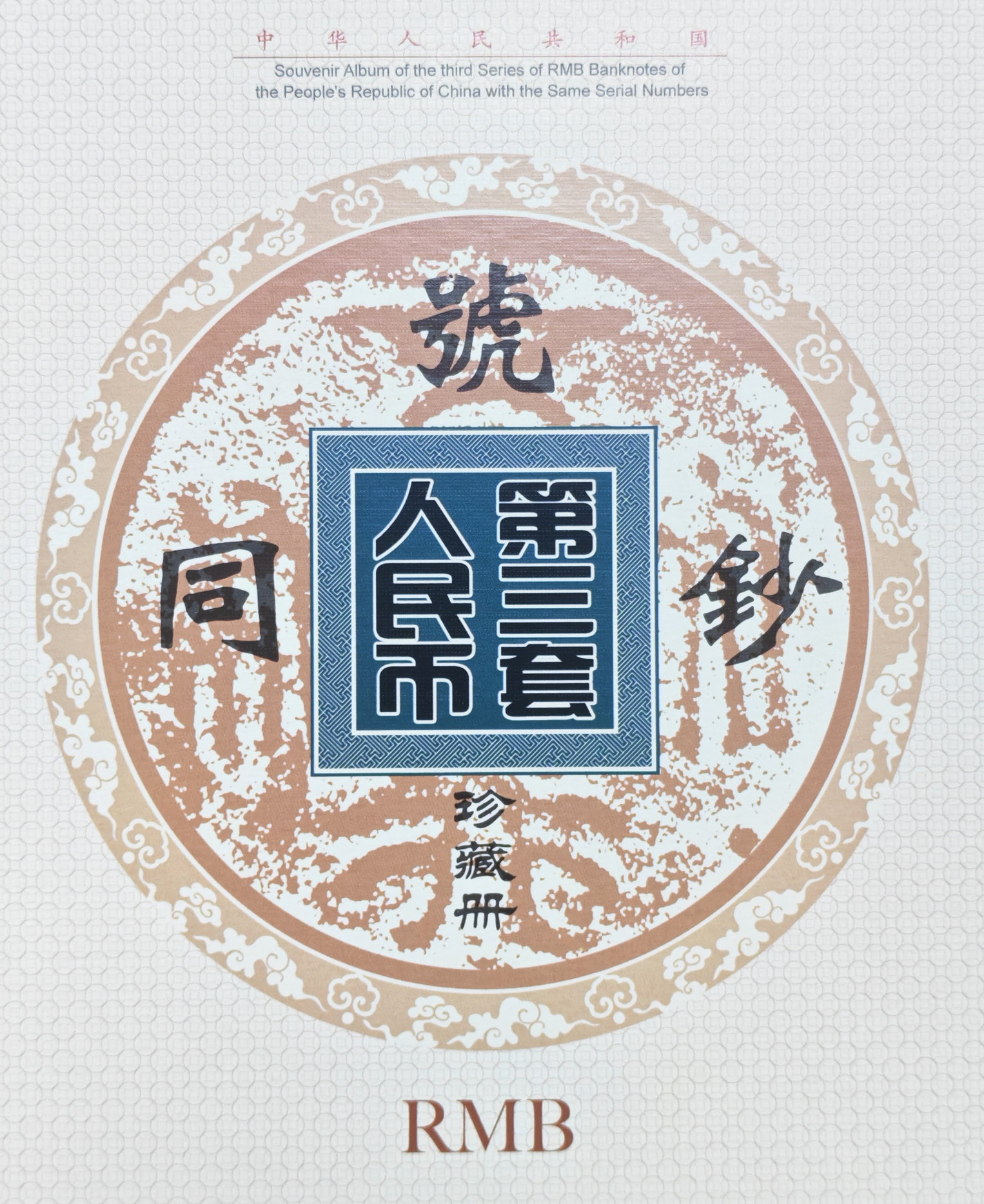 The third set of Renminbi was issued by the People's Bank of China on April 20, 1962. It was issued at the same value as the second set and circulated in the market in combination with it. Compared with the second set, this set of Renminbi eliminated the 3-yuan note and added four types of metal coins: 1 jiao, 2 jiao, 5 jiao and 1 yuan. The six characters "People's Bank of China" on the paper money were written by Mr. Ma Wenwei. The two seals on the ticket were "The Seal of the President" and "The Seal of the Vice President". The back of the paper money was printed with the words "People's Bank of China" written in Chinese Pinyin, Mongolian, Uyghur, Tibetan and Zhuang language. The third set of Renminbi was issued in redish-brown 1 jiao paper money on April 20, 1962, and stopped circulating on July 1, 2000. It lasted for 38 years.
The third set of Renminbi was issued by the People's Bank of China on April 20, 1962. It was issued at the same value as the second set and circulated in the market in combination with it. Compared with the second set, this set of Renminbi eliminated the 3-yuan note and added four types of metal coins: 1 jiao, 2 jiao, 5 jiao and 1 yuan. The six characters "People's Bank of China" on the paper money were written by Mr. Ma Wenwei. The two seals on the ticket were "The Seal of the President" and "The Seal of the Vice President". The back of the paper money was printed with the words "People's Bank of China" written in Chinese Pinyin, Mongolian, Uyghur, Tibetan and Zhuang language. The third set of Renminbi was issued in redish-brown 1 jiao paper money on April 20, 1962, and stopped circulating on July 1, 2000. It lasted for 38 years.
The design patterns on the third set of RMB mainly reflect the policy of China's national economy at that time, which was based on agriculture and dominated by industry, with equal emphasis on agriculture, light industry and heavy industry. In terms of printing technology, the third set of RMB inherited and developed the technical traditions and styles of the second set of RMB. During the plate-making process, meticulous work was carried out, combining machine production with traditional manual techniques, resulting in fine patterns, designs and lines; the ink color matching was reasonable, with novel and bright colors; the paper size of the RMB was small, and the patterns were beautiful and elegant. To promote the development of industry and agriculture and facilitate the use of the public, with the approval of the State Council, the People's Bank of China began to issue the third set of RMB on April 20, 1962. It was stipulated that the exchange rate between the third set of RMB and the second set of RMB was 1:1, meaning that the face values of the third set of RMB were equivalent to those of the second set of RMB, and they circulated in the market in a mixed manner. The design and printing of this set of RMB banknotes were highly valued by the central and the State Council. Premier Zhou Enlai also made specific instructions. Some of the back designs of the RMB should be swapped with each other. For example, the back design of the original 5-yuan note was "oil well", and the back design of the original 2-yuan note was "open-pit coal mine". When swapped, "open-pit coal mine" was used as the back design of the 5-yuan note and its front design of steelmaking, and "oil well" was used as the back design of the 2-yuan note and its front design of the mechanical industry. This was more reasonable. In the original design draft, the back design of the 1-yuan note was "workers participating in labor", considering that students might use it more frequently, it was required to be changed to "combining education with production labor". During the design process, famous professors from Central Academy of Fine Arts and Central Institute of Art Design were invited for a discussion to listen to opinions. Therefore, the quality of this set of RMB has been greatly improved.

